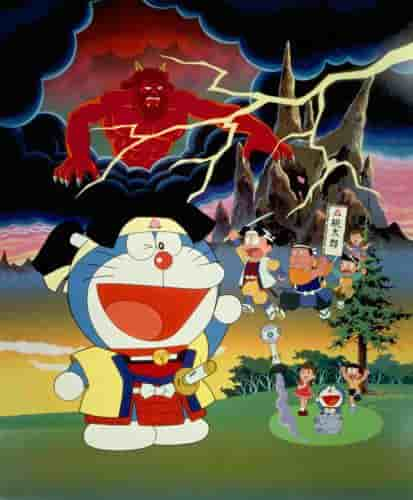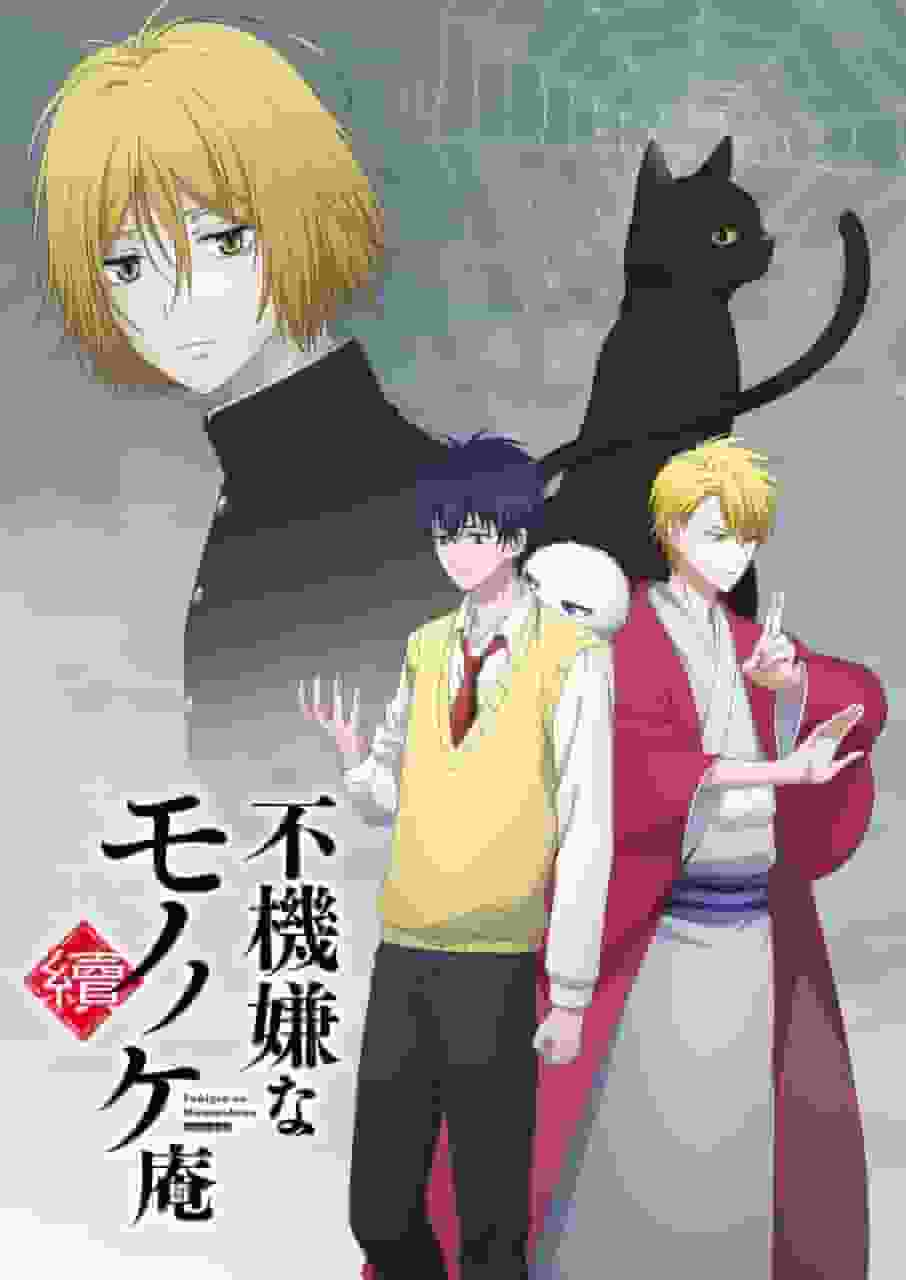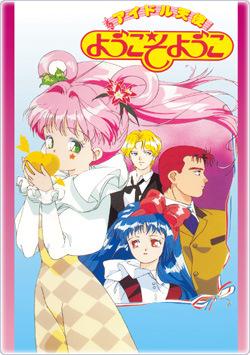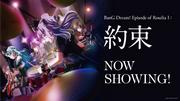Doraemon the Movie "I Am Momotaro" Review: A moving story and fascinating characters

Doraemon the Movie: "I'm Momotaro" - Time travel and the quest for legendsThe movie Doraemon: I Am Momotaro, released on August 1, 1981, is an early feature film in the Doraemon series, and is a work with the theme of time travel and the quest for legends. The movie depicts the story of Doraemon using his secret gadget, the Time Camera, to film the past and discover the truth behind the legend of Momotaro. Below, we will explain in detail the details of the movie, its production background, characters, and its appeal. ■ StoryWhen Doraemon used his secret gadget, the "Time Camera," to take a picture of the past, Momotaro and his group were captured with a cart full of treasure. Meanwhile, Nobita's mother happened to meet a foreigner who showed her a small picture that looked like a photo of Momotaro. The picture was passed down from generation to generation, and it seems that he came to Japan to find out the truth. Momotaro may have actually existed. Nobita and his friends began to think so, so they went to the past in the time machine to find out the truth. The story begins with Nobita and his friends returning to Momotaro's time in a time machine and meeting Momotaro and his friends. They accompany Momotaro on his adventure and help him on his journey to Ogre's Island. Despite facing many difficulties along the way, Nobita and his friends are touched by Momotaro's courage and friendship, and feel that they have grown as people. In the end, Nobita and his friends learn the truth behind the legend of Momotaro and return to the present day. ■Production BackgroundThe film is based on the original work by Fujiko F. Fujio and directed by Takeyuki Kanda, produced by Shin-Ei Animation, Shogakukan, and TV Asahi. The screenplay was written by Noboru Shiroyama, the animation director was Eiichi Nakamura, and the music was by Shunsuke Kikuchi. It is a short but dense 46-minute story. It was distributed by Toho and has an Eirin number of 24522. The background to the production of this film was that, as an early theatrical version of the Doraemon series, it aimed to convey to children the importance of courage and friendship through the themes of time travel and the pursuit of legends. It is also thought that by using the legend of Momotaro as its subject, it was intended to introduce traditional Japanese stories to modern children. ■CastThe cast of the film is as follows:
These voice actors have been playing characters for many years, since the early days of the Doraemon series, and they add excitement to the story with their familiar voices and acting. Nobuyo Oyama's voice for Doraemon is warm and gentle, and Noriko Ohara's voice for Nobita realistically expresses Nobita's crybaby and lazy personality. Michiko Nomura's Shizuka is a pure and gentle character, Kazuya Tatekabe's Gian is strong and reliable, and Kaneta Kimotsuki's Suneo is a character who brags about being rich, all of which are excellent. ■ Main staffThe main cast of the film includes:
Each of these staff members played their part in the production of the film, resulting in a highly polished work. In particular, Noboru Shiroyama's script skillfully depicts the themes of time travel and the quest for legends, Eiichi Nakamura's animation director realistically expresses the movements and expressions of the characters, and Shunsuke Kikuchi's music plays an important role in enhancing the atmosphere of the story. ■ Main CharactersThe main characters appearing in the film are:
These characters each show their own unique personalities in the film, adding excitement to the story. In particular, Doraemon's adventures using his secret gadgets, Nobita's growth, Shizuka's kindness, Gian's strength, and Suneo's boasting all leave a deep impression on viewers. ■ The appeal of the filmThe appeal of the Doraemon movie "I Am Momotaro" is that it depicts the importance of courage and friendship through the themes of time travel and the quest for legends. Nobita and his friends go back to Momotaro's time, meet Momotaro and his friends, and in the process of helping them on their journey to Ogre Island, they face many challenges, but in the process they learn about courage and friendship in a moving way. Also, by learning the truth behind the legend of Momotaro, viewers can experience a traditional Japanese story. Furthermore, as an early theatrical release in the Doraemon series, this film aimed to teach children the importance of courage and friendship through the themes of time travel and the quest for legends. Therefore, it is enjoyable not only for children but also for adults. It is also thought that by using the legend of Momotaro as its subject, it was intended to introduce traditional Japanese stories to modern children. ■ Evaluation and recommendationThe Doraemon movie "I Am Momotaro" has been highly praised for its depiction of the importance of courage and friendship through the themes of time travel and the quest for legends. In particular, it is moving to see how Nobita and his friends go back to Momotaro's time, meet Momotaro and his friends, and learn about courage and friendship despite the many difficulties they face in the process of helping them on their journey to Ogre Island. Furthermore, by learning the truth behind the legend of Momotaro, viewers can experience a traditional Japanese story. As one of the early theatrical releases in the Doraemon series, this film aimed to teach children the importance of courage and friendship through the themes of time travel and the quest for legends. Therefore, it is enjoyable not only for children but also for adults. In addition, by using the legend of Momotaro as its subject, it is thought that the film also intended to introduce traditional Japanese stories to modern children. Some recommended points include:
As mentioned above, the Doraemon movie "What am I, Momotaro?" is highly regarded as a work that depicts the importance of courage and friendship through the themes of time travel and the quest for legends. In particular, it is moving to see Nobita and his friends go back to Momotaro's time, meet Momotaro and his friends, and learn about courage and friendship while facing various difficulties in the process of helping them on their journey to Ogre Island. In addition, by learning the truth of the Momotaro legend, viewers can experience traditional Japanese stories. As an early theatrical version of the Doraemon series, this movie aimed to convey the importance of courage and friendship to children through the themes of time travel and the quest for legends. Therefore, it is a work that can be enjoyed not only by children but also by adults. It is also thought that by using the legend of Momotaro as a subject, there was also an intention to introduce traditional Japanese stories to modern children. The reasons we recommend this film include that it depicts the importance of courage and friendship through the themes of time travel and the pursuit of legends, that by learning the truth behind the legend of Momotaro, you can experience traditional Japanese stories, that as one of the first theatrical releases in the Doraemon series, it aims to convey to children the importance of courage and friendship through the themes of time travel and the pursuit of legends, and that by using the legend of Momotaro as its subject matter, it is intended to introduce traditional Japanese stories to modern children. |
<<: The appeal and evaluation of "21 Emon: Come to Space!"
Recommend
Winter Sonata: Reassessing a moving love story
The charm and emotion of the animated version of ...
New stills of the movie "Joker 2: Double Delusion" show the Joker couple joining forces
Recently, the new stills of the DC movie "Jo...
Hilarious! The black guy and the donkey sang the theme song of "The Lion King"
According to the British Daily Mail on July 30, a...
Reassess the excitement and thrill of Astro Boy! The Last Day on Earth is a must-see masterpiece
Astro Boy: The Last Day on Earth - A touching fri...
The appeal and evaluation of Yadamon: A unique world view and in-depth character exploration
Yadamon: Welcome to the world of magic and advent...
"My Neighbor Totoro" re-screened for 4 days and box office exceeded 100 million yuan. The old classic reappeared its immortal charm
The classic animation work "My Neighbor Toto...
Review of "Komainu no Me": A unique perspective and a moving story
Komainu no Me - Komainu no Me overview "Koma...
Netflix's original TV animation "Kengan Ashura" released the official trailer and premiered on July 31
As a well-known Japanese hot-blooded fighting man...
Review of the film "Bungaku Shojo": A moving story and beautiful images
The appeal and evaluation of "Literary Girl&...
The Chinese trailer of the movie "The Clone" was released and it will be released in North America on July 3 next year
"The Doppelganger" is a film directed b...
The appeal and reviews of "Ponyu Town": an anime experience not to be missed
Ponyu Town - A story of a small village where fan...
Marilyn Monroe portrait sold for $195 million, becoming the most expensive work of art in the 20th century
On May 9th local time in New York, the portrait o...
Bones' "Jose, the Tiger and the Fish" extended trailer released, to be released in December
The famous romantic drama "Jose, the Tiger a...
The appeal and reputation of Zenmai Zamurai: A thorough analysis of the unique worldview and appeal of its characters
"Zenmai Zamurai": A tale of goodness se...
Sengoku Youko Senma Konton Hen #2 - In-depth review and recommended points
Sengoku Youko Senma Konton Arc #2 - Sengoku Youko...









